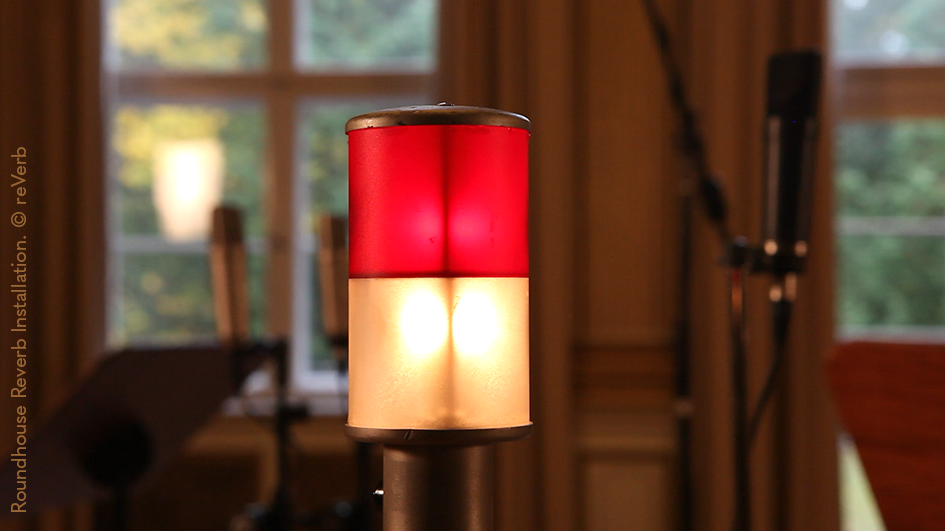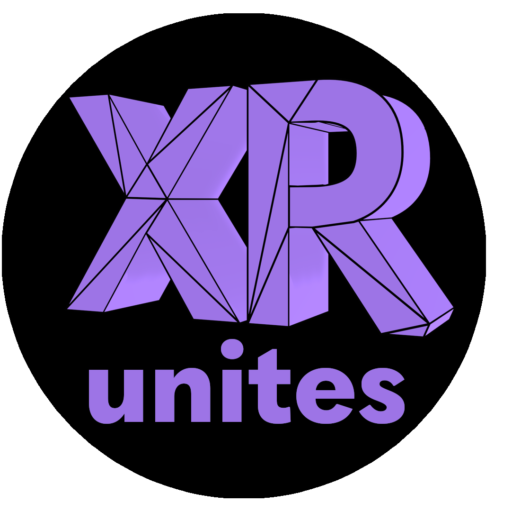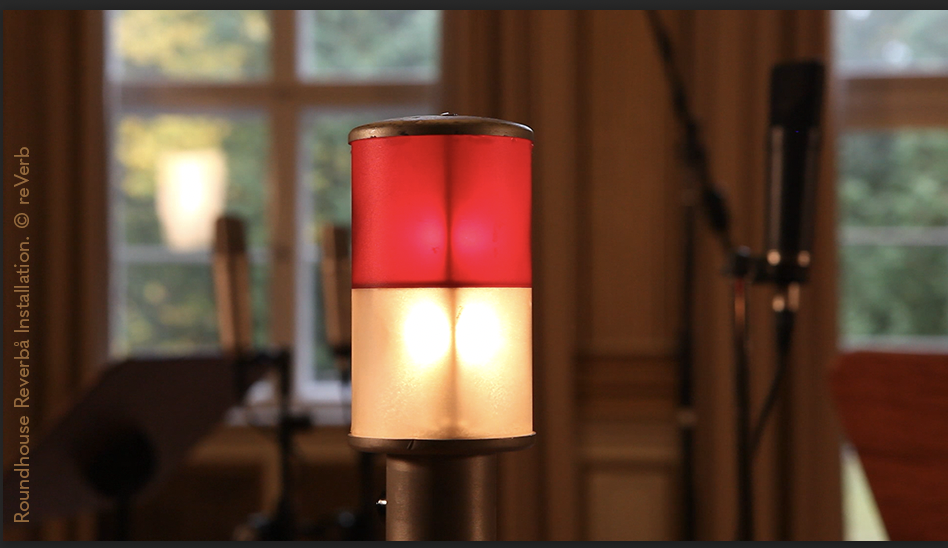
Behind the scenes of Transient Exposure
The concept of the mixed reality installation Transient Exposure won our first Open Call in early 2021. We interviewed Isabel Robson, Mareike Trillhaas and Susanne Vincenz – as the artist collective reVerb they are behind the project idea in cooperation with the Chitrasena Dance Company (Colombo, Sri Lanka).
XRU: How would you describe your collective?
Isabel: We see ourselves as a video art collective. We explore spatial imagery in relation to performance. Over time, technologies have changed and so now we are on our first attempt with Mixed Reality (MR).
XRU: How did the collective come about and what was your vision at the time?
Susanne: reVerb was always linked to the question of how to integrate documentary material as a moving image in a live performance. This has evolved piece by piece over time. We worked with different artists internationally, on urban development in China, on the protest movement in Iran, and the videos took on a three-dimensionality in connection with the performance. This led to the next step, which was to think more in terms of installations.
Starting with György Kurtág’s Kafka fragments, we had an installation at the Jewish Museum in 2013. That was our first joint work as reVerb.
XRU: And then joined Mareike. Right?
Mareike: Exactly. I already knew Isabel from other projects. We met for the first time at the Maxim Gorki Theater and then sporadically did some smaller things together. I joined reVerb last year.
XRU: Transient Exposure is your new project in cooperation with the Chitrasena Dance Company in Sri Lanka. How did this collaboration come about?
Isabel: I was lucky to spend three and a half years of my childhood in Sri Lanka. Every Saturday morning, my mother and I attended the Chitrasena dance school.
There was a fascination with the movement and the music from that time. reVerb, meaning reverberation, is the program in this respect. After several visits in recent years, we are now in the middle of a joint project. The collaboration with XR_Unites is one chapter of this rapprochement and collaboration.
XRU: What is the appeal and potential of Transient Exposure for you?
Isabel: I have a great desire to experiment with HoloLens 2, the mixed reality glasses. Compared to the closed virtual reality experience, MR offers more possibilities for integrating a live performance. In this first stage, we won’t be able to work with live performance. It’s more about user interactivity. But what’s exciting is that content is spatially anchored and that you as a user decide what you see and what you don’t. And above all, the answer to the question: What can this technology of live performance bring on a scenographic level – and what not?
XRU: What can the audience expect?
Mareike: I imagine it so far like a mixture of claimed communication and real communication, because the dancer is supposed to connect with the people who are also in that space. Since it’s not live, the communication can’t really be direct. But by being able to use gesture control or maybe acoustic control, there is still that kind of interaction. The communication can still be between the two or three people who are watching and listening to it. And then there are also these levels between times, because the past also plays a role, and between places like Sri Lanka and Berlin.
XRU: You have chosen a form of presentation in which dancers are represented as point clouds. These can give the impression that what is represented with them is not tangible – it can also easily disintegrate or dissolve. Why this decision?
Isabel: Our title suggests that. There were always encounters of the Chitrasenas through tours and travels between their traditional dance and other stage artists in the Soviet Union, also here in the former GDR, for example with Gret Palucca. For a moment there is an exposure – one is exposed to another language or art form. What remains of the actual dance? That’s a question we ask with the Chitrasena Company archive.
The Point Clouds move away from photorealism, and if you really want to focus on movement, then an abstract form is more appropriate.
XRU: The application will not only bring together dancers from different generations, but will also let the rhythm of traditional Sri Lankan dances like the Kandy Dance play a central role. How do you coordinate the music of old choreographies with new ones?
Susanne: In fact, they are the same choreographies that have been passed down through three generations. These are dances that came from the ritual contexts of Sri Lankan tradition and then were adapted for the stage in the 1940s. They were further developed by the women of the company and passed down through three generations. We work with overlays that are meant to make these layers of time visible. Thaji Dias still dances the choreographies that her grandmother danced in a different way.
XRU: Will this overlay also be in the music?
Mareike: It will be a mix between new and real sounds from Colombo. The heavy traffic, for example, plays an important role. But there can also be more abstract sounds that don’t reflect one-to-one how it is now or how it was, but that awaken associations. It can be sounds of costumes – there is a costume with a lot of metal that is very noisy. I’d like to integrate something like that, too.
XRU: To what extent will the political-historical context factor in, for example the Civil War?
Isabel: Political background, also where the country is right now, is important. We learn about the hurdles and challenges that each generation has experienced. When we look at the work of Upeca Chitrasena in the 1980s, it’s in the context of the beginning of the civil war, which lasted so long.
Susanne: I think that in Transient Exposure you can’t directly experience such a complex background. But what you might get is that it’s a transitional situation. Basically the questions: What is the place of this dance today in Sri Lanka? To what extent does it have something to do with contemporaneity? What does this dance tell today? What does it trigger? Where is its place? That is something that we are also trying to convey with the MR installation.
XRU: What will happen with Transient Exposure after the XR_Unites grant?
Susanne: We will definitely take it to Sri Lanka. There is a possibility that it will be shown in different places on the island. We are in contact with various institutions, including the Goethe-Institut. One of the challenges in this collaboration is actually to develop something that can work for an audience in Sri Lanka as well as in Germany. And perhaps this new technology is particularly well-suited for this purpose, because neither we, nor an audience in Sri Lanka, have had so much contact with it so far.
The interview was conducted by Laura Magdaleno Amaro from XR_Unites on 03.03.2021.

